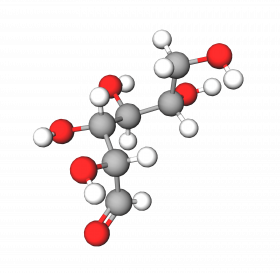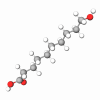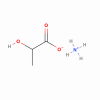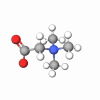Mannose is a simple monosaccharide sugar, a stereoisomer of glucose found in many plants and the human body. It plays an essential role in biological processes in the human body, particularly in protein glycosylation. But, it isn't a crucial nutrient, as it can be converted into glucose and vice-versa from glucose to mannose.
Binding on membranes of microbes this monosaccharide exhibit antibiotic-like action on some harmful bacteria and being metabolized by beneficial microbiota, it balances the skin's microflora preventing infections and exposing a healthier appearance.
Similar to glucose, mannose has energizing action on the skin cells. It is a good source of energy, which enters through glucose channels in the cellular membrane and after conversion (phosphorylation) appears in a glycolytic cycle producing ATP molecules - a specific fuel for the cells, boosting their functions.
Thanks to numerous hydroxy groups in the structure, mannose (like many other carbohydrates) has a significant water-binding ability. Incorporated in skincare formula, it improves skin's water retention and reduces transdermal moisture loss, smoothing the surface, providing volume and density, and improving elasticity.Mannose accelerates regenerative processes in the skin and speeds up wound healing. It can ameliorate skin inflammation and lower the neutrophils and inflammatory keratinocyte count and some researchers suggest it as an easily accessible candidate for the treatment of atopic dermatitis.











